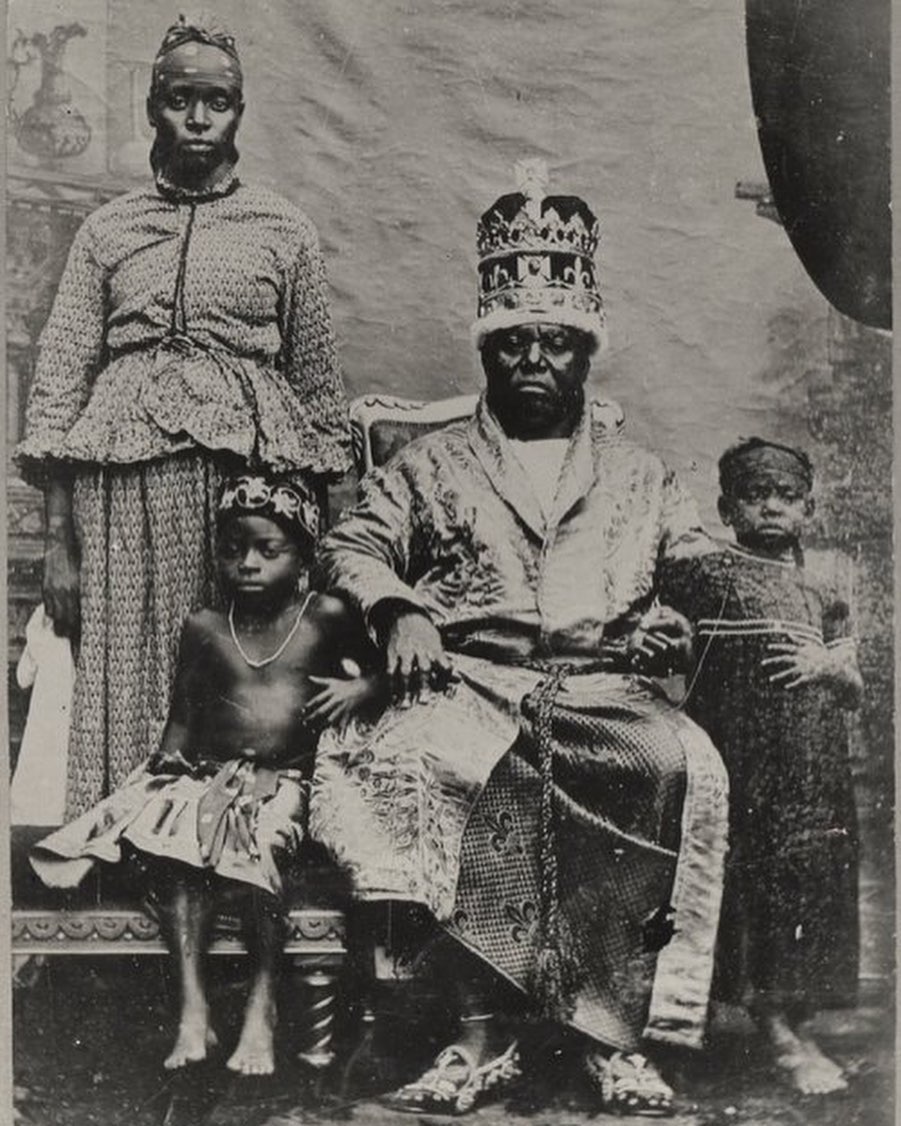Calabar (also called Callabar, Calabari, Calbari, Kalabari and Kalabar) is the capital of Cross River State in Nigeria. In the Efik language it was originally called Akwa Akpa. The city borders the Calabar and Great Kwa rivers and the Cross River streams (from the inland delta).
The tribes that inhabited part of the Guinean coast were known as Calabar when Portuguese explorers first came to the region in the 15th century and the local population were the Quas. The Efik people only left the Niger River region to settle on the banks of Calabar in the early 18th century, following a civil war with their relatives, the Ibibio. To separate Old Calabar from New Calabar to the east, Queen Victoria signed a protection agreement with the ruler and chiefs of Akwa Akpa on September 10, 1884. This allowed Britain to rule all areas around Calabar, including Bakassi. Until 1906, Calabar served as the European center for the administration of the Niger Delta, before Lagos became the new location.
Although the true origins of the Efik people are unknown, ancient records suggest that they traveled from Nubia through Ghana and then to Arochukwu in what is now southeastern Nigeria. It is not stated exactly how long it took them to move to Arochukwu, but we know that the Efik lived peacefully with the Aros for almost 400 years, from the 11th to the 15th centuries.Later, after an argument between them and the host, they left. Most of them fled to Uruan in what is now Akwa Ibom State in the second phase of the exodus, with a small number flying to Eniong and neighboring areas.

They settled peacefully in Uruan as their ancestors had done in Arochukwu. However, they left Uruan again, leaving no trace in history as to why. And that’s when they found themselves in Ikpa Ene and Ndodihi. However, this time they only stopped for a moment before making their way to Creek Town, their final destination (Esit Edik/Obio Oko).
The area now known as Calabar includes the town of Creek and its environs. The region was formerly a trust territory of German Cameroon and was administered as part of Nigeria’s Eastern Region until 1954, when it gained autonomy. Only when they gained autonomy did political division occur.
The Igbo phase, the Ibibio phase and the coastal drift appear to be three different phases in the history of Efik migration and settlement. And it is for this reason that the Annang, Ibibio, Igbo, Oron, Biase, Akampkpa, Uruan and Eket peoples are associated with modern Efik. The town overlooks the Calabar River and is situated on a natural slope. The English developed Calabar as a slave trading center in the 17th century. In the 18th, 19th and early 20th centuries it became Nigeria’s largest colonial administration. The city served as an important port for the export and import of goods from southeastern Nigeria and the palm oil trade during the end of the slave trade.
Since the 16th century, Calabar has served as a port for the export of products such as palm oil. The name Calabar was given by the Spanish during the era of the Atlantic slave trade and became an important port for transporting African slaves. Although the Igbo were a minority among the region’s ethnic groups, they made up the majority of Africans sold into slavery by Calabar.
Between 1725 and 1750, around 17,000 African slaves were sold to European slave traders in Calabar; between 1772 and 1775 this number rose to almost 62,000. Ten miles to the northeast, Creek Town and Old Calabar, also known as Duke Town, played an important role in the slave trade at this time. In 1815, as part of the British blockade of Africa to end the slave trade, HMS Comus sailed to Duke Town and captured seven Spanish and Portuguese slave ships.
The old town is characterized by a wide range of small shops where you can buy almost anything (but there are some markets). Watt Market and Marian Market are two excellent markets. Watt’s Market is huge, busy, lively and full of great materials etc. You can buy everything there, from live chickens to the finest waxed fabrics to discounted jeans and from car parts to the latest “sneakers”. Although the Marian market is much smaller, vegetables come from northern Nigeria once a week. On market days the atmosphere is wonderful; The shepherds sing, the women join in, the vendors are very loud, and people barter practically everything.
The Africa Club, Nigeria’s first social club, was founded in this city. The first professional football, cricket and field hockey matches in Nigeria took place here. The first Roman Catholic mass in Eastern Nigeria was celebrated at 19 Bocco Street in Calabar in 1903, while the oldest secondary school in the area, Hope Waddell Training Institution, opened in 1895. Nnamdi Azikiwe later graduated from this institution and became the first President of Nigeria.
The city has many museums, including the History of Slavery Museum; Botanical Garden; free trade zone and port; international airport and seaport; integrated sports stadium complex; cultural center; one of the country’s most prestigious universities, the University of Calabar; Slave History Park; and numerous historical and cultural monuments.
also has numerous partner hotels, resorts and theme parks. Before escaping extradition to Liberia in March 2006, former Liberian warlord Charles Taylor lived in the city’s former colonial palace as part of a deal that ended his country’s civil war.

